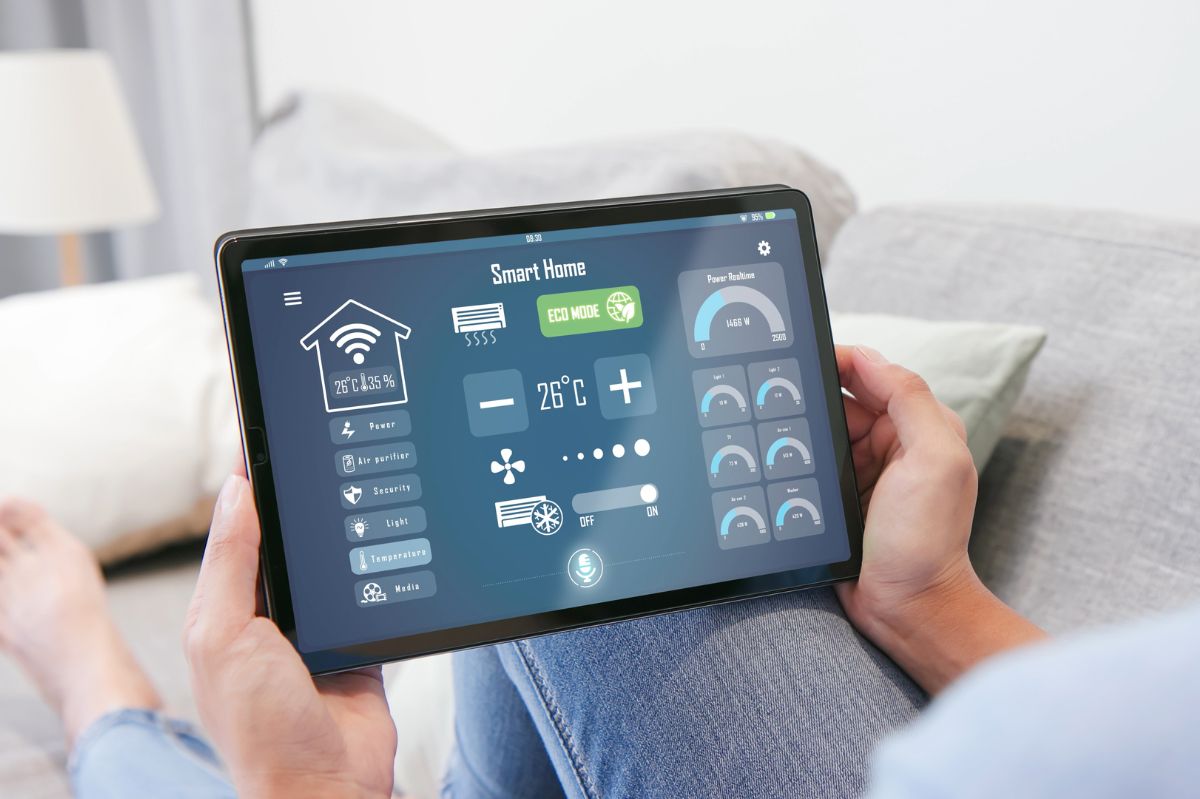Smart Home, They have become – and unfortunately continue to be for many – schools, offices, cinemas, restaurants, bars, and gyms. During the Covid-19 pandemic, our homes have been at the center of our lives as never before, perhaps not even in wartime. They represent the only “safe” places and, precisely to guarantee this safety, as well as the comfort of course (because, given that we already feel bad about everything outside, we certainly do not need to add what is inside), the Smart market Home has recorded fluctuations (generally positive) related to the coronavirus.
Let’s start with the “servant’s accounts”: given that consumers no longer spend, or spend less money, to travel, eat in restaurants, or all other forms of entertainment, it is intuitive that the “surplus,” little or a lot, can be spent on “domestic” projects. This is particularly true for all those interactive systems that can provide the added value of the safety, convenience, and comfort of a home.
Table of Contents
For the elderly
Let’s think, for example, of the elderly, the category most affected by the virus, both from a physical and psychological point of view. Until now, the famous “remote assistance” has been based only on emergency responses. But smart home systems are truly connected; they can monitor and assist remotely without the need to be on-site, anytime, anywhere. This means not only intervening to give help but managing, for example, easy video call solutions, controlling access to the older person’s home from their mobile device, organizing shopping, or supplying medicines safely and remotely. Of course, the virtual, especially for our elderly, will never be equivalent to the real, but certainly better than nothing. It is undoubtedly worse to be exposed to the risk of contagion.
Quality and savings
In any case, given that staying at home has become the new normal and that needs have changed anyway, smart home companies are moving towards expanding their product portfolio, even beyond the more traditional solutions. For example, real “musts” have become the need for energy management, lighting that follows circadian rhythms, greater well-being, and the search for air quality. Better if together and integrated and integrable with other systems, of course.
Covid effect
Recent research by Parks Associates found that one-third (33%) of smart home device owners have increased their use during the pandemic.
The study refers specifically to the American reality, but never as in this case, is every lockdown similar as well as the behavior of people who are stuck in the house. While an HVAC system cannot filter the coronavirus, no matter how smart it is, there is no doubt that with the pandemic, people are increasingly focusing on indoor air quality (IAQ) and how to create and maintain a healthy environment for loved ones. At the top of the ranking are smart locks because you need to be safe, not only from contagion. Following, as shown in the graph, are the all-in-one video cameras, smoke and/or carbon dioxide detectors, smart video intercoms, and so on.
Control interfaces
The biggest problem, perhaps, could be that of control interfaces. But in this market, the big giants (Amazon and Google, to give just one example) are the masters with their devices which, after all, are a kind of interactive speaker that is certainly very “smart.” Also, because one of the main needs is to have devices that, if not really “DIY” (do it yourself – do it yourself), are still very easy to install and maintain, given that, with all the precautions that are put in place field to avoid contagion, you certainly don’t want a stranger to come into your home, for example, to add lighting or climate control.
Videocitofonia smart
Of course, many devices of the so-called “do it yourself” fail to guarantee the high levels of security they need to be truly “smart.” And this also occurs in certain vertical home automation markets that would seem more “settled.” For example, among the most popular devices, in this era of online shopping and take-out are certainly the smart video intercoms.
We have already talked about it regarding assistance for the elderly: by now, these systems have become a real “must” because they can be easily integrated with access control and, again, with lighting and so on.
Watch out for the cyber.
Too bad that, just recently, hackers have been discovered who are able to access passwords and “private” wi-fi networks for fraudulent use and that, for this reason, the producers of video door entry systems have had to immediately run for cover, with increasingly refined encryption algorithms to protect their customers’ homes from intrusions not only physical but also virtual.
Hands to me
And, while we’re talking about unwanted access, we’ve seen that smart locks are at the top of smart home devices. Usually, this term refers to opening and closing systems that do not require traditional keys. But they will be even smarter if, thanks to the IoT, the “brain,” that is, within the same physical object, can be controlled by the voice (via the most popular audio stations on the market) or by the smartphone. Actually, in this way, you don’t even need to use your hands.
Down the alarms
On the other hand, a sector that has been negatively affected by the pandemic’s consequences is monitoring residential alarms. Moreover, it was understandable: everyone stayed more time at home, so it was logical that there was no need to check what happens in their home when a person is away, either for leisure or for work. In any case, experts believe that this negative trend is short-lived… also because, by now, monitoring is presented in the most “holistic” smart home solutions together with other systems that may be more attractive, at least for the moment.
And if shipments of smart home devices in the second quarter of 2020 suffered a 7.2% drop compared to last year, according to IDC data for the EMEA market, the setback looks temporary.
Brighter future
The numbers, according to analysts, are, in fact, destined to grow. The so-called “killer applications “are announced to be a smart TV, which includes displays, but also new content for Hybrid Broadcast Broadband TV, which integrates digital terrestrial, satellite, cable, IPTV, and, of course, the network, the often cited smart speakers and new generation lighting systems.
It is assumed that, in 2024, the smart home market will exceed 200 million units, with a growth (CAGR) of 16.19% for the four years 2020-2024. Therefore, all that remains is to wait and have our homes not only safer but truly smarter.
Also Read : Access Control: If Whoever Enters Is In Check







